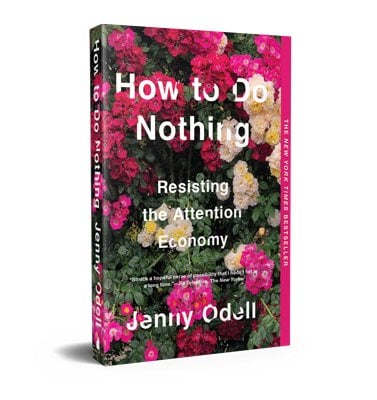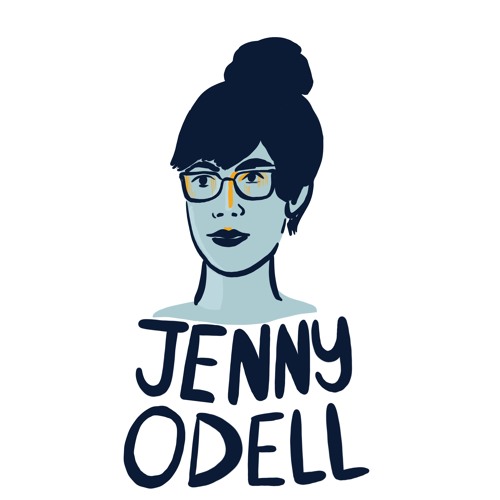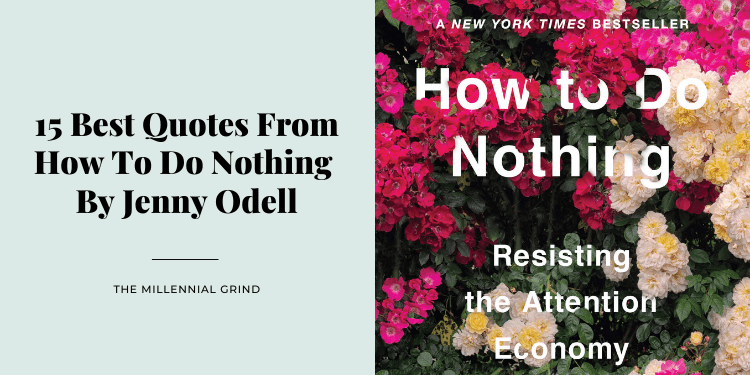


Take a notorious 2017 advertising campaign for Fiverr, a platform that helps users find freelancers to complete mini-jobs. This isn’t just what critics like Berardi say, however. The way to thrive in this ultra-competitive gig economy is simple – never switch off.

Just as companies navigate perilous markets in search of opportunities, we must compete against each other for one-time jobs or gigs. This means that we can’t expect economic security. In his 2011 book, After the Future, the Italian philosopher Franco Berardi links these defeats to the emergence of a new idea – that we are all capitalists.

That ended in the 1980s after a series of historic losses defanged once powerful trade unions and workers’ parties. This arrangement lasted as long as labor movements could enforce it through strikes and political pressure. Do that, they were told, and their positions and wages would be safe. Workers were expected to clock in, get the job done, and go home. It was long assumed that economic risk was the business of capitalists and investors. The key message here is: When work and leisure become indistinguishable, doing “nothing” looks like a waste of time. Their laws remain in effect, but the distinction they drew between work and leisure looks increasingly shaky today. In the twentieth century, reformers made the eight-hour workday a reality. As a popular trade union song of the era put it, the purpose of the struggle was to secure “eight hours of work, eight hours of rest, and eight hours of what we will.” This was a demand for a life outside work – the right to do nothing in particular for at least one third of the day. They didn’t just want more time to heal their sore muscles, though. In the 1880s, American laborers began pushing for an eight-hour workday.


 0 kommentar(er)
0 kommentar(er)
